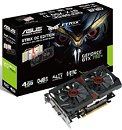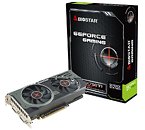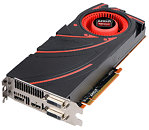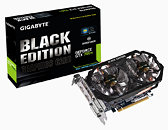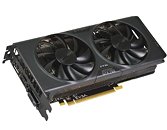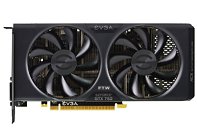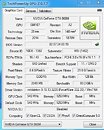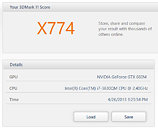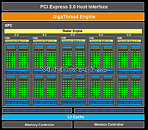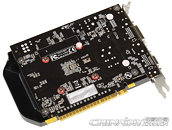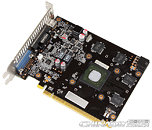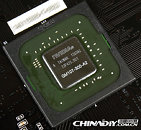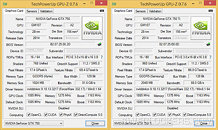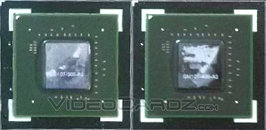
TechPowerUp GPU-Z v2.11.0 Released
TechPowerUp today released the latest version of TechPowerUp GPU-Z, the popular graphics subsystem information and diagnostics utility. Version 2.11.0 introduces support for NVIDIA GeForce RTX 20-series "Turing" graphics cards, including the RTX 2080 Ti, RTX 2080, and RTX 2070. Support is also added for a few exotic OEM variants we discovered over the months, including GTX 750 Ti (GM107-A), GTX 1050 Ti Mobile 4 GB, Quadro P1000, Tesla P100 DGXS, GeForce 9200. From the AMD stable, we add support for "Vega 20," "Fenghuang" semi-custom SoC for Zhongshan Subor, Ryzen 5 Pro 2500U, 5 Pro 2400G, 3 Pro 2200G, 3 Pro 2300U, 3 2200GE, Athlon 200GE, and Embedded V1807B. Intel UHD 610, UHD P630 (Xeon), Coffee Lake GT3e (i5-8259U), are now supported.
Among the new features are system RAM usage sensors, temperature monitoring offsets for AMD Ryzen Threadripper 2000 series processors, and the ability to identify USB-C display output, GDDR6 memory standard, and 16 Gbit density memory chips. Several under-the-hood improvements were made, including WDDM-based memory monitoring for AMD GPUs, replacing ADL sensors that tend to be buggy. GPU-Z also cleans up QueryExternal files from your Temp folder. Grab GPU-Z from the link below.DOWNLOAD: TechPowerUp GPU-Z v2.11.0
The change-log follows.
Among the new features are system RAM usage sensors, temperature monitoring offsets for AMD Ryzen Threadripper 2000 series processors, and the ability to identify USB-C display output, GDDR6 memory standard, and 16 Gbit density memory chips. Several under-the-hood improvements were made, including WDDM-based memory monitoring for AMD GPUs, replacing ADL sensors that tend to be buggy. GPU-Z also cleans up QueryExternal files from your Temp folder. Grab GPU-Z from the link below.DOWNLOAD: TechPowerUp GPU-Z v2.11.0
The change-log follows.


